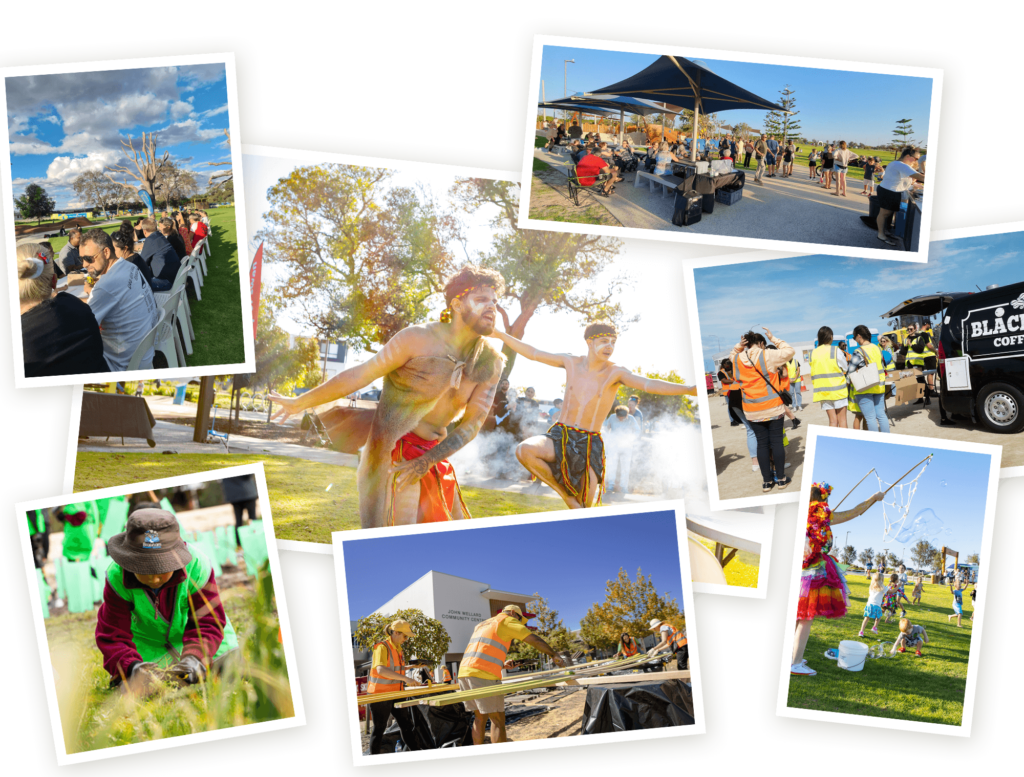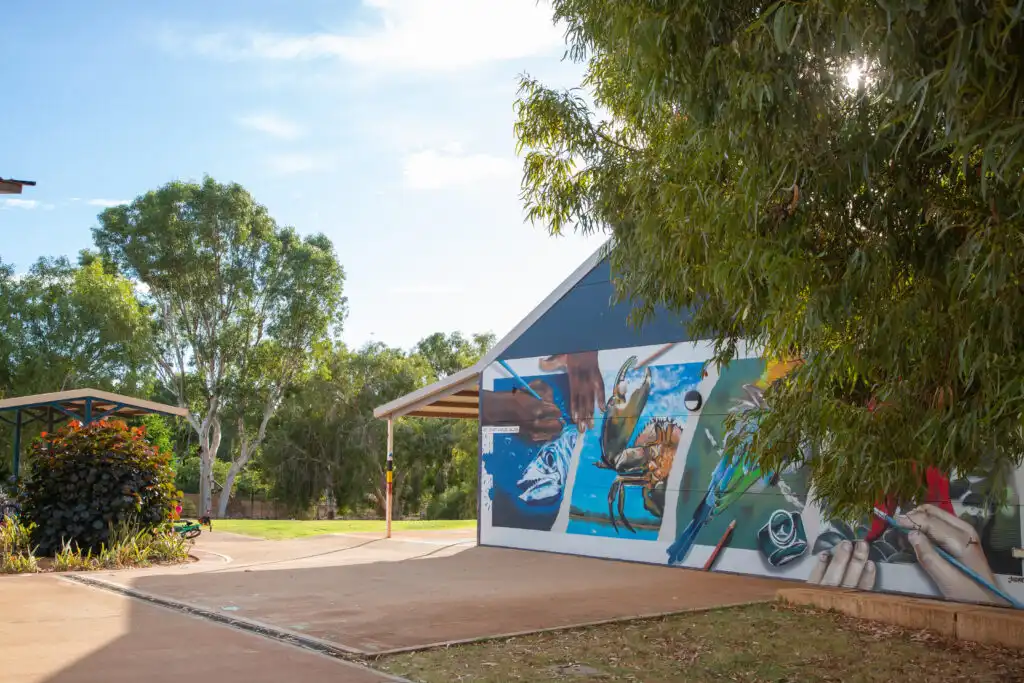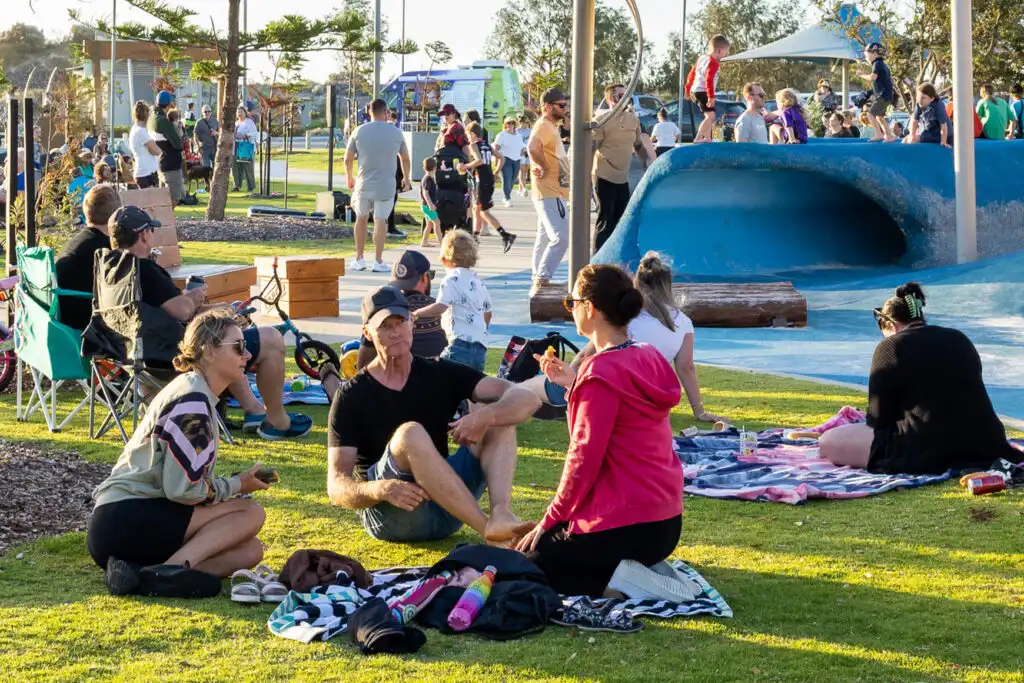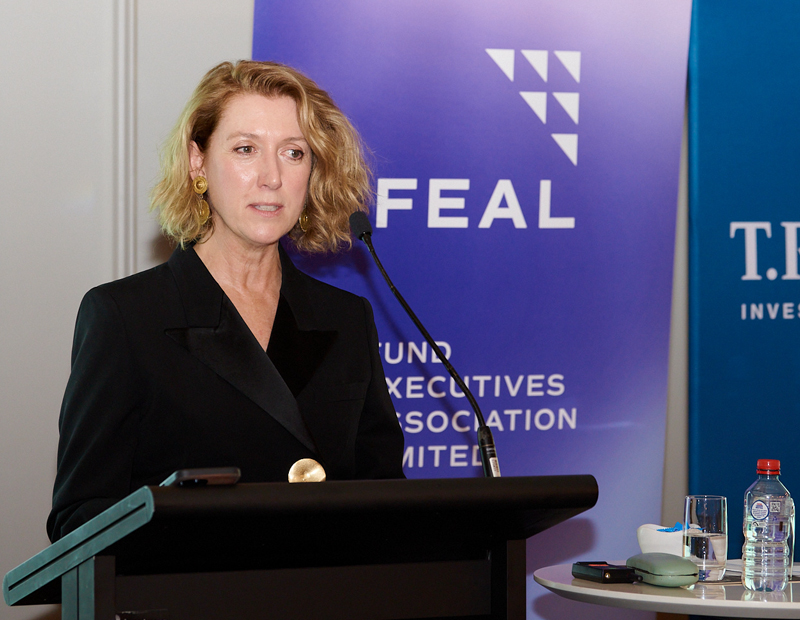Our research experts shed light on Social Impact Assessments.
Firstly, what is a Social Impact Assessment (SIA)?
Put simply, it’s a method that helps us understand the effect of an intervention on a community. Both positive and negative impacts are included and may be social, economic or environmental in nature. So long as an impact is experienced by a person, it is a social impact.
Why would an organisation undertake an SIA?
Essentially, an SIA helps inform better decision-making and details an associated spectrum of risk.
Understanding current and future impacts can be very useful in a number of ways:
Better planning
Completing the study early can lead to a better-planned development or change. A well conducted SIA will mean unnecessary risks or costs are avoided, and will enhance positive impacts for the company and community.
Leveraging funding
For NGOs or positive government interventions, an SIA can help quantify the benefits of the program and leverage further funding.
Social Licence to Operate
For a development, or in the resource sector, there may be a compliance requirement to be met, but the true outcome sought is usually a strong Social Licence to Operate.
And what is Social Licence to Operate?
Basically, it’s community and stakeholder support. The concept taps into the way we think about environmental approvals.
Social Licence is a little less tangible. It’s difficult to clearly describe your Social Licence as communities have varied and complex views; however, you’ll definitely know when you don’t have it because the community can become very vocal when they’re unhappy!

What is important in the measurement process?
Embrace the nexus of perceptions, indicator data, and qualitative research
Don’t rely on one source only, it’s only through a combination of hard data, qualitative research, and community and stakeholder engagement that you can become well informed.
You have to be careful with community views. They may be well informed and based on fact, or they may be expressing a perception or fear. An individual might think something is a certain way, but the hard data you find says otherwise. Perceptions are important to understand, but must be addressed very differently to actual impacts – for example, through improved communication.
A good example of this is crime. Communities are typically very sensitive to crime as an issue and perceive it to be high, or increasing. Often, when you look at the actual crime rate it’s relatively low or has decreased, so the issue of crime is more of a perception than an impact.
This is not to say these perceptions don’t matter. In some cases, they can have real consequences for the way people behave – for instance, whether or not they choose to go out at night. To truly understand the potential impact, it’s important to do your background reading, look at the data and speak with local people. If you don’t do all of these things, your assessment is probably going to miss the big picture.
So, how do you organise the impacts you discover?
We usually start with a long list of impact categories which we’ve put together using a combination of our own Creating Communities work and the international guidelines on SIA. Through scoping and engagement, we refine this to a manageable list of the key impacts.
Once the impacts are defined, we find it useful to organise them using a model we’ve developed called the ‘Impact Response Model’. This focuses on who is responsible for the impact and can really help clarify how each impact should be managed.
The model groups the impacts into three areas:
- Operational
- Indirect / Cumulative
- Opportunity

Operation (high responsibility)
Usually when people think about social impacts, they are thinking of the negative operational impacts. These are direct operational impacts such as dust and noise. They are clearly the responsibility of the developer or proponent. In Australia, they are often already being relatively well managed through existing laws and regulations.
Indirect / Cumulative (shared responsibility)
These are more complex. For example, workers may be moving to an area and plan to send their children to the local school. If the upcoming change requires 500+ new workers with school aged children, what is the impact? Another school? More teachers? Larger class groups? Will this impact be good or bad? Although the children may only be there because of a development, their education remains the responsibility of government. In this case, the developer still has a role to play, however, it may be to advocate to government for increased capacity of local schools.
Opportunity (low responsibility)
Opportunities are positive, for example, creating jobs for local people, or social investment in the community through sponsorship of local sporting groups. They’re not a ‘must-do‘, but are recommended because they deliver benefits for the community and contribute to that all important Social Licence to Operate.
When is the best time to undertake an SIA?
There’s no bad time to undertake an SIA, but ideally, you would include one as part of your planning, before you implement any changes. Because change is constant, and sometimes very rapid, the best way to assess social impacts is as part of an ongoing process. A full Social Impact Assessment is recommended every three to five years with ongoing monitoring in between.
So, how do you get started with a Social Impact Assessment?
After meeting to discuss your project, the first step is to complete a Community Baseline. This is a profile of the community which includes a wide range of information including ABS statistics, maps, education and health data, key infrastructure and amenities – things like that. This information provides the basis for the study and can help you predict how the change will impact the community. This work can also be done independently of a Social Impact Assessment.
For more information on Social Impact Assessments
If you’d like more information about Social Licence To Operate, or Social Impact Assessments, get in touch with us.
We work with a variety of resource sector clients, government and NGOs to complete community baseline studies, stakeholder and community engagement, impact assessment and qualitative and quantitative research.





